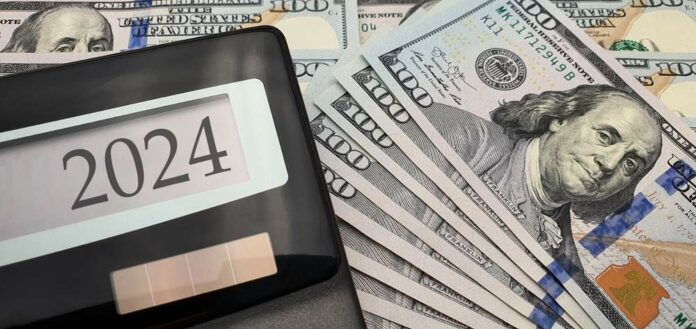It’s an election year — which means we’ll see thousands of commercials on TV and online. It also means we’ll hear a great deal about the presidential cycle in the stock market.
When looking at this cycle, it’s important you start with 1933.
Before that year, presidents were inaugurated on March 4. This created a four-month lame-duck administration. During this time, the outgoing president might be strongly influenced by politics. That’s especially true if the incoming president came from the opposing party.
The 20th Amendment shifted the inauguration date to January 20 in 1933. This made it easy to measure the impact of the president on the cycle in the stock market.
Since 1933, we have seen a strong bullish tendency in the year before the election. All other years are below average.
You can see the average annual returns of the stock market for the four-year presidential cycle in the chart below:
While the general trend is bullish in all years, this cycle also reflects the upward bias in the stock market. In most years, major indexes move higher. This leads many investors to be bullish almost all of the time.
Navigating the Presidential Cycle Like a Trader
Now, being bullish is easy when you cherry-pick data. That’s what’s happening in many articles about the presidential cycle. A familiar talking point is that in reelection years, the average gain is 12.2%. The S&P 500 rallied 84.6% of the time in those years.
However, we have had two market losses in reelection years. Harry Truman won reelection in 1948 as the S&P 500 lost more than 11%. Gerald Ford lost in 1976 as the index dropped 4.2%.
Rather than looking at the full year, it can be more useful to look at how the cycle plays out during the year. Taking a short-term view, we see that this is a bearish time of the cycle no matter how the long-term looks.
The S&P 500 has struggled, on average, in February and March during election years. We see the tendency for a decline in the second half of February.
We might explain weakness by pointing to the uncertainty of who the nominees will be. For now, it seems likely we will see Joe Biden defending the White House against Donald Trump in November. But both candidates face problems, and their nominations are far from assured.
Even this year, we face some uncertainty about the upcoming election. And we should be ready for that to weigh on the stock market as we look for investment opportunities that will allow us to continue making money…
Capturing Gains in Election-Year Volatility
The S&P 500 chart above shows us the importance of looking at short-term cycles. It’s not enough to know there is a bullish tendency for the year overall.
As traders, we need to sharpen our sights on market moves throughout the year. This will give us the edge to win.
When we focus on the short-term, we can ride significant pullbacks along the way — each one offering potentially profitable trading opportunities. And these can compound quickly over time to help us outperform the market.
My colleague Adam O’Dell understands this. He looks at very short-term cycles and has identified unique ways to benefit from them.
He just released his research on a time-proven strategy that follows short-term patterns to target major returns in just two days.
Each week, Adam’s unlocking new profit opportunities with his “Money Code” to help traders like us grow our money even faster this year.
Right now, you can catch the full details of Adam’s technique in his presentation by going here.
Regards,

Michael Carr
Editor, Precision Profits





